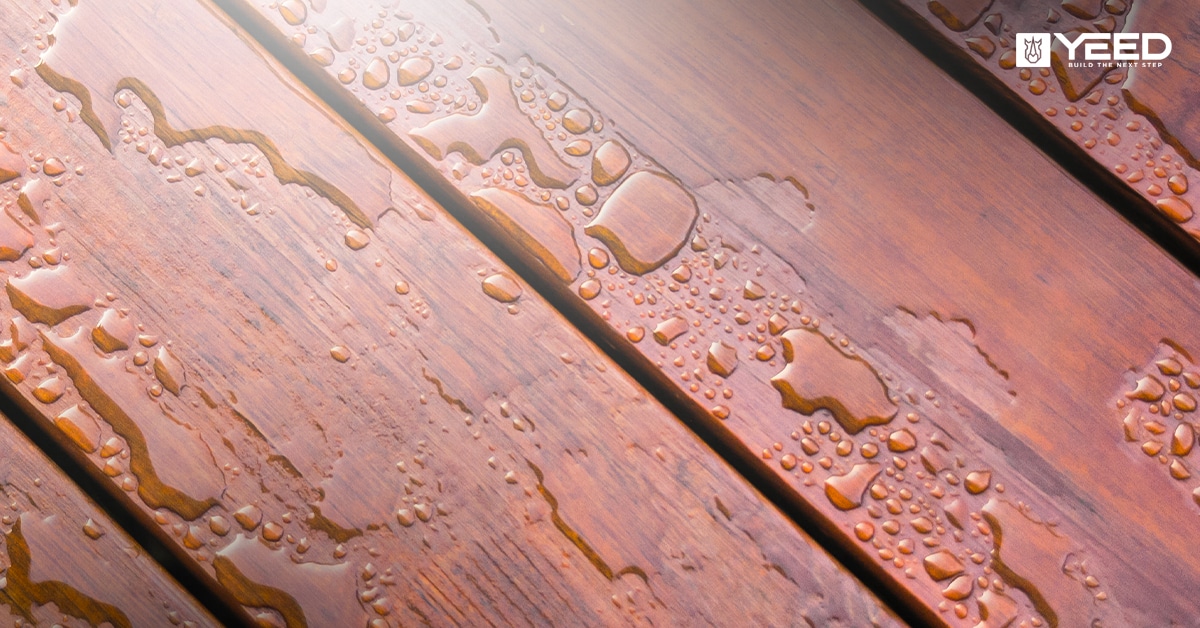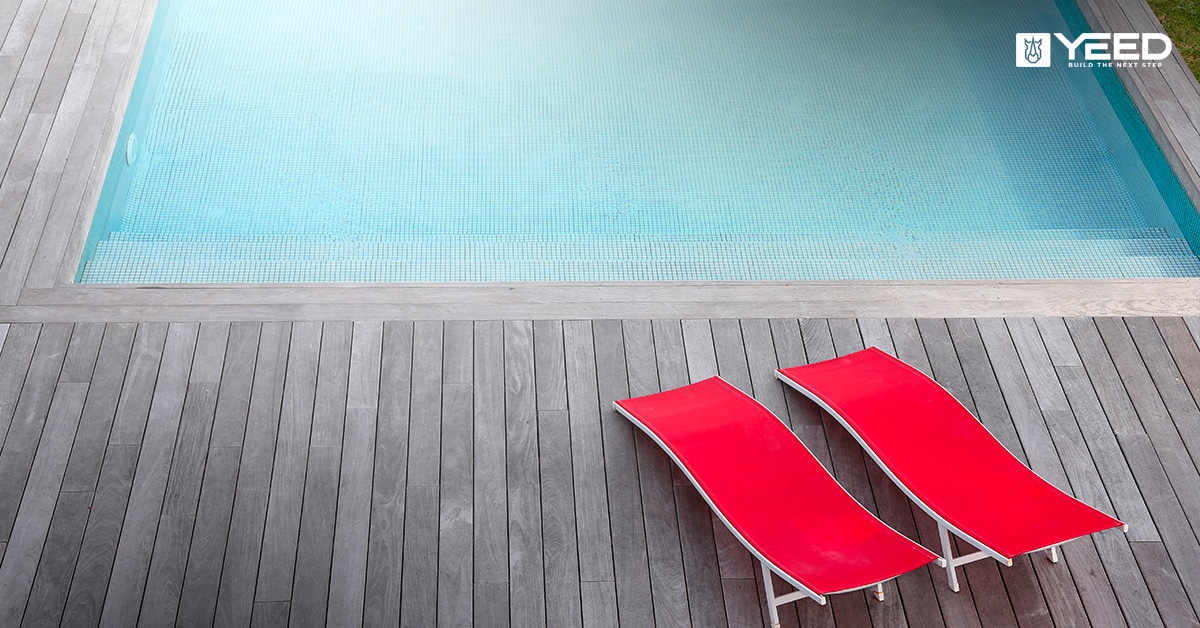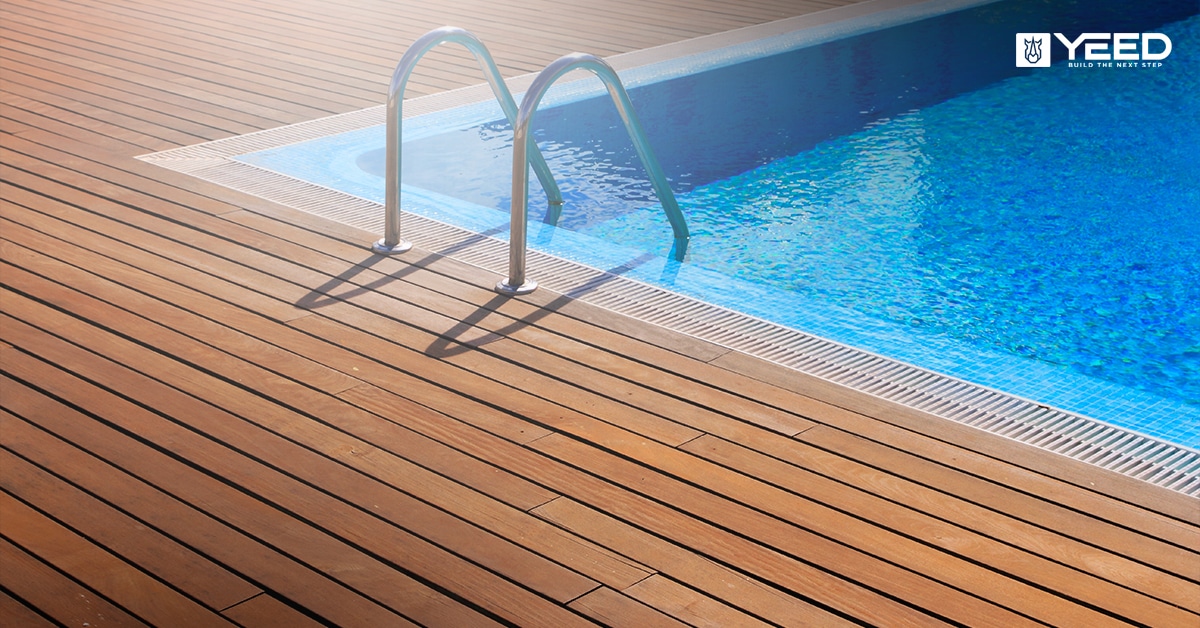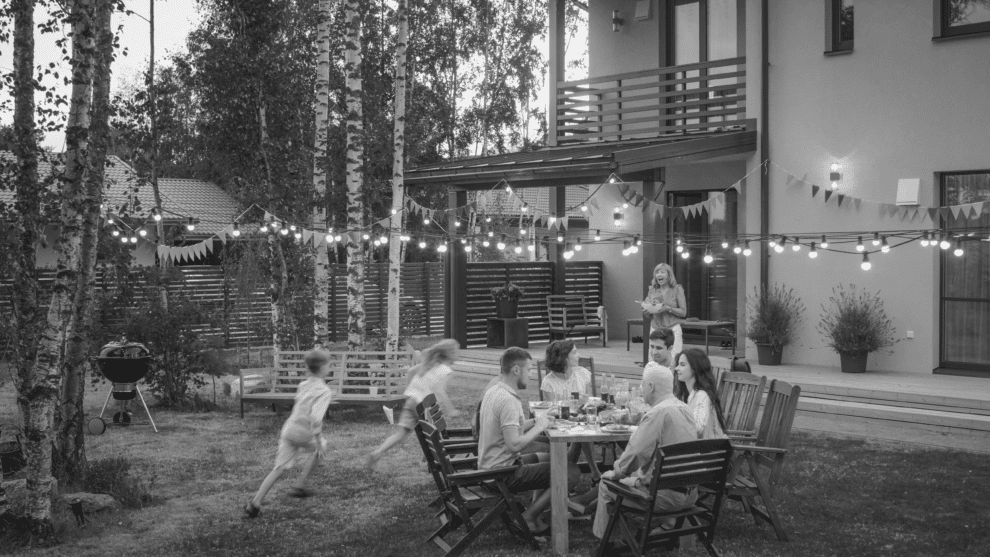Loose soils, characterized by their light texture and richness in silt, are known for their fertility and ease of working. However, when it comes to building a deck on this type of soil, it is essential to take certain precautions to ensure the longevity of the structure.
Why are we talking about loose soil?
Loose soil is friable, porous, and easy to work with, making it perfect for gardening and plant cultivation. Building a deck on this type of soil therefore requires attention to the deck’s stability.
Characteristics of loose soils
Loose soils, such as sand, earth, or gravel, are characterized by low cohesion between particles and their tendency to settle and deform under load. Given these characteristics, it is necessary to properly stabilize the soils before building a deck; without stabilization, the structure risks sinking, deforming, or even collapsing over time.
Methods for stabilizing loose soils
For a healthy base, there are three stabilization methods for loose soils: excavation, the use of geotextiles, and the installation of concrete blocks. Excavation involves digging to a depth of about 20 cm, then replacing it with a layer of compacted gravel to provide a solid base for construction. Geotextiles are permeable synthetic materials that separate the loose soil from the gravel, preventing the two layers from mixing while allowing good drainage. As for concrete blocks, they ensure soil stability, but their installation generally requires a poured concrete slab; they are therefore more suitable for already partially stabilized soils.
Different types of deck blocks
When building a deck, using the right type of block ensures the stability and longevity of the structure, as they serve as the foundation and must be suited to the characteristics of the terrain.
Types of blocks
Deck blocks are distinguished by their nature and use:
- Adjustable: they allow the height of the deck to be adjusted to compensate for ground irregularities; they are usually made of plastic or rubber and can be manually adjusted.
- Self-leveling: they automatically adapt to irregularities thanks to an integrated spring system, ensuring a surface that is both flat and stable.
- Fixed: they have a predefined height and are used when the ground is already flat and does not require height adjustment; they are generally less expensive than adjustable blocks.
- With jack: they use a jack system to adjust the height of the deck, ensuring high precision adjustment, and are often used for large decks or those for commercial use.
The type of block suitable for your project depends on the nature of the soil, the size of your project, and your needs in terms of stability, ease of installation, and budget.
Materials
Blocks also vary based on the material they are made of:
- Wood: they are made of natural wood for a natural appearance; they can be fixed or adjustable.
- Aluminum: lightweight, durable, and corrosion-resistant, they are often used for wood (composite or natural) decks.
- Rubber: they are flexible and provide excellent acoustic and vibration insulation.
The choice of material will depend on your project, the desired aesthetics and durability, resistance, and insulation properties, to ensure a long-lasting deck installation.
Foundation screws as an alternative
Foundation screws are a practical and solid alternative to traditional blocks for installing an elevated wooden deck. Consisting of a long galvanized steel threaded rod, they are screwed directly into the ground to serve as anchor points for the posts supporting the joists, without the need to pour concrete. Perfect for unstable or uneven soils, they offer excellent resistance and high load-bearing capacity.
Available in different lengths, their installation is quick using a drill; they can be combined with adjustable blocks for better height adjustment. Foundation screws thus allow for the creation of a solid and reversible elevated deck structure, avoiding the heavy excavation and concreting work of traditional methods.

The Advantages of Adjustable Blocks on Loose Soil
Adjustable blocks allow for easy and quick installation while ensuring the stability of the deck.
A Solution Adapted to Terrain Irregularities
One of the main advantages of these blocks is their ability to correct irregularities without requiring extensive excavation work; each block can be individually adjusted, allowing for a perfect level, regardless of terrain variations.
Quick and Economical Installation
Due to their ease of implementation, adjustable blocks allow for quick deck installation; excavation requires fewer heavy materials, significantly reducing labor and material costs. Additionally, they are generally made from weather and impact-resistant materials such as PVC.
Steps for Installing Adjustable Blocks
Following the installation steps helps stabilize loose soil for a long-lasting deck.
Preparing the Ground
The first step is to prepare the ground:
- Excavate the ground to a depth of 20 cm to remove the topsoil layer.
- Apply a geotextile film to prevent weed growth.
- Add a layer of crushed gravel and compact it to stabilize the ground.
Excavation removes unstable soil, while the geotextile film prevents plants from growing through the gravel, which, once compacted, forms a solid and draining base.
Installing Adjustable Blocks
Once the ground is prepared, it’s time to place the blocks:
- Place them on the stabilization slabs, maintaining a spacing of 50 cm between each block.
- Use a spirit level to ensure each block is perfectly level.
- Adjust the height of the blocks as you go.
Stabilization slabs promote a flat surface, preventing any risk of sinking, while the 50 cm spacing between each block ensures even weight distribution of the deck: precise height adjustment compensates for terrain irregularities.
Securing Joists and Laying Deck Boards
Once the blocks are in place, it remains to install the joists and the deck boards:
- Secure the joists perpendicularly to the blocks by screwing them in place.
- Leave an expansion gap between each joist and between the joists and fixed structures (walls, etc.).
- Lay the boards on the joists using weather-resistant stainless steel screws.
- Maintain a 4-5 mm gap between each board to allow for water drainage and wood expansion.
For a successful installation, it is advisable to use shims to maintain a regular spacing between the deck boards, prefer stainless steel screws to avoid corrosion over time, and regularly check the level during installation to avoid misalignment.
Maintaining Your Deck
To keep a deck looking beautiful and functional over the years, regular maintenance is essential, whether it is made of wood, composite, or any other material.
Regular Cleaning of the Deck
Cleaning is the basis of deck maintenance. It is recommended to sweep it weekly to remove leaves and dust, but the frequency may vary depending on the environment (nearby trees, pollution, etc.). It is also advisable to wash its surface with soapy water using a scrub brush every 6 months to 1 year.
Protecting the Deck from Weather
Outdoor decks are exposed to the sun, rain, and frost; therefore, it is imperative to protect them properly. For a wooden deck, apply a saturator or special oil every 1 to 2 years: this will protect the wood against UV and moisture. Plan for about 1 liter of product per 5 to 10 m² of deck, depending on the wood’s porosity. Also, use anti-moss products to prevent the appearance of greenish or blackish mold, especially in shaded and damp areas.
Checking and Tightening Fastenings
Over time and with temperature variations, fastenings (screws or clips) can loosen and weaken the deck’s structure. It is therefore advisable to regularly check the tightness of the screws and replace corroded fastenings with stainless steel screws, check the adjustment of the blocks to ensure the deck remains level and stable, and tighten the railings for obvious safety reasons.
Repairing and Replacing Damaged Boards
Despite regular maintenance, some deck boards may get damaged (cracks, rot…), requiring them to be replaced quickly before the problem spreads; on a wooden deck, it is sometimes possible to flip damaged boards if only the surface is affected. It may be necessary to locally sand splinters or rough spots to avoid injuries or reinforce the supporting structure (joists, beams) in case of detected weakness.
Preventing Accidents
A poorly maintained deck can quickly become slippery, especially in rainy weather. To minimize risks, promptly remove moss and lichens using an appropriate cleaner, install anti-slip strips on wooden boards, place outdoor mats at access doors, and choose grooved boards for better grip, especially around a pool.
Ultimately, Which Deck Blocks?
Building a deck on loose soil requires attention to soil stabilization and material selection. Adjustable blocks are a solution suitable for irregularities, allowing for quick and economical installation. By following the appropriate installation steps, such as ground preparation, block placement, and joist fastening, it is possible to achieve a stable and durable deck. It should be noted that regular maintenance will preserve the beauty and functionality of your deck over the years. Yeed Group, specializing in construction materials, invites you to contact our experts to discover our product catalog or to assist you in your deck construction project.


